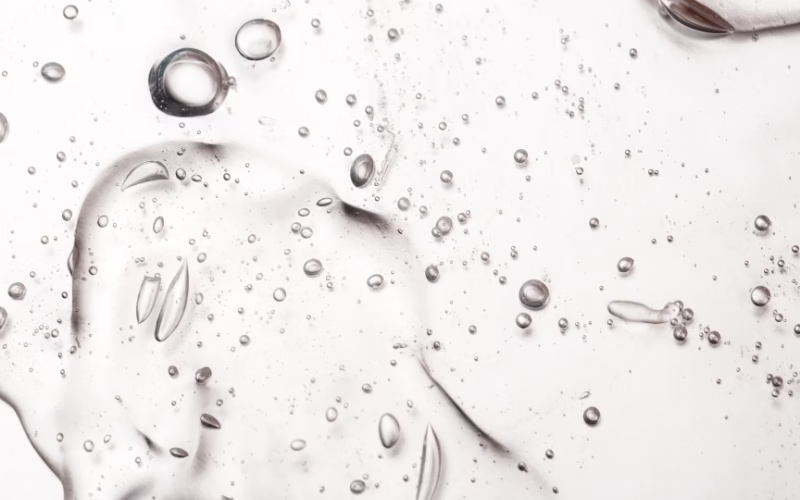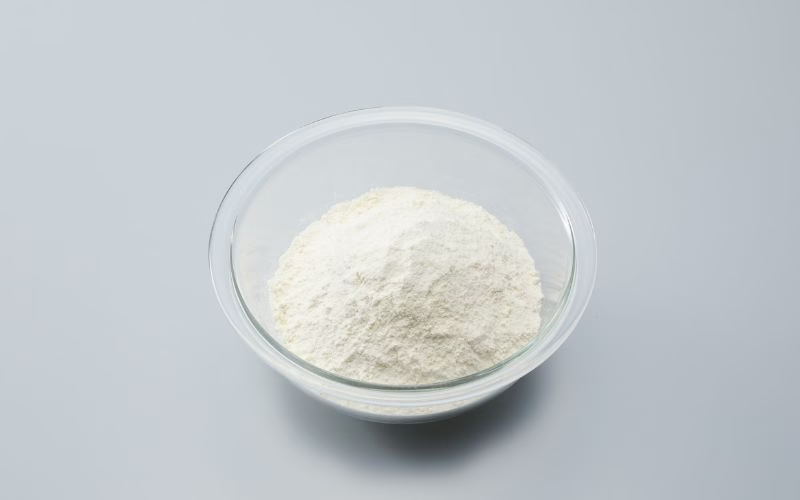Hyaluronic Acid: The Secret Skincare Ingredient (That’s Also Your Joints’ Best Friend)

If you’ve paid attention to the beauty world in the last few years, you’ve likely noticed a star ingredient on every bottle: Hyaluronic Acid (HA).
Touted as a miracle for plump, dewy skin, this powerful molecule has become a staple in serums, moisturizers, and face masks.
But here’s a secret that many in the skincare aisle don’t know: HA is just as, if not more, important for what’s happening beneath the surface, especially when it comes to your joints and mobility.
The Rise of Hyaluronic Acid

HA’s recent rise in popularity is no accident. Its ability to hold an incredible amount of water—up to 1,000 times its weight—makes it the ultimate hydrator.
This is why it’s so effective at smoothing fine lines and giving skin that supple, youthful bounce. But this same super-hydrating power is a key to keeping your entire body running smoothly.
Beyond the Surface: HA’s Critical Role in the Body Against Inflammation
Hyaluronic acid isn’t some lab-created synthetic chemical anomaly; it’s a substance your body naturally produces. It’s a major component of connective tissues and is found in abundance in your skin, eyes, and most importantly, your joints.
In your joints, HA acts as a shock absorber and a lubricant. It is a key component of synovial fluid, the thick, viscous substance that fills the space between your bones. This fluid helps to:
- Cushion your joints against daily wear and tear.
- Lubricate them, allowing them to glide smoothly and freely.
- Transport nutrients to the cartilage, keeping it nourished and healthy.
And while more studies are always needed, hyaluronic acid, when taken orally, has been reported by some to improve pain resulting from osteoarthritis, according to Healthline.
It also helps reduce inflammation by decreasing leptin serum levels, which has been found to result in healthy, natural weight loss.
The Age Factor: The Problem of Decline
Just like with other natural compounds, our body’s production of hyaluronic acid begins to decline as we age. This gradual reduction can lead to a domino effect: the once-plump skin begins to lose its bounce, and the joint lubrication that once worked so effortlessly begins to diminish.
This is a major factor in why joints can start to feel stiff, creaky, and less flexible with each passing year.
Where Does Hyaluronic Acid Come From?

Hyaluronic acid (HA) for modern nutritional products is primarily produced from two sources: a traditional animal source and a newer, more prevalent fermentation-based method.
1. Animal Source (Traditional)
The original source of commercially available hyaluronic acid was rooster combs. This method is well-established, and the HA is extracted and purified from this animal tissue. Products derived from this method are not suitable for those following a vegetarian or vegan diet.
2. Microbial Fermentation (Modern and Most Common)
Today, most of the hyaluronic acid used in nutritional supplements is produced through a process of microbial fermentation. This method is the industry standard for creating a vegan-friendly, consistent, and highly pure product.
The microbial fermentation method allows for a scalable, cost-effective, and animal-free production of high-quality hyaluronic acid, which is why it has become the preferred method for the nutritional supplement industry.
The Intelligent Solution: HA for Joint Health
The good news is that we can support our bodies by providing them with the nutrients they need. When taken as a supplement, hyaluronic acid works from the inside out to support the very systems that rely on it. It’s an intelligent approach to aging gracefully, addressing the problem at its source.
This is the principle behind a supplement that combines hyaluronic acid (HA) with other anti-inflammation supporting ingredients. By including a high-quality source of hyaluronic acid, a formula can provide targeted support for joint lubrication and mobility, helping to restore the glide and ease of movement that time can take away.
So, while you can continue to enjoy the benefits of hyaluronic acid in your skincare routine, remember that its true power lies in its ability to nourish your body from the inside out. By supporting your joints with this powerful molecule, you’re not just investing in your future skin—you’re investing in your future mobility.